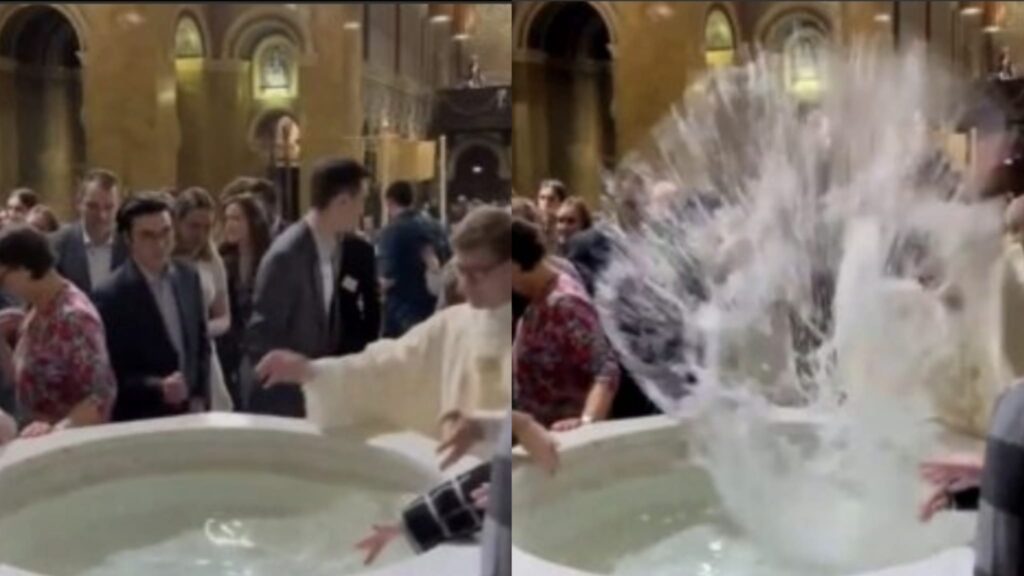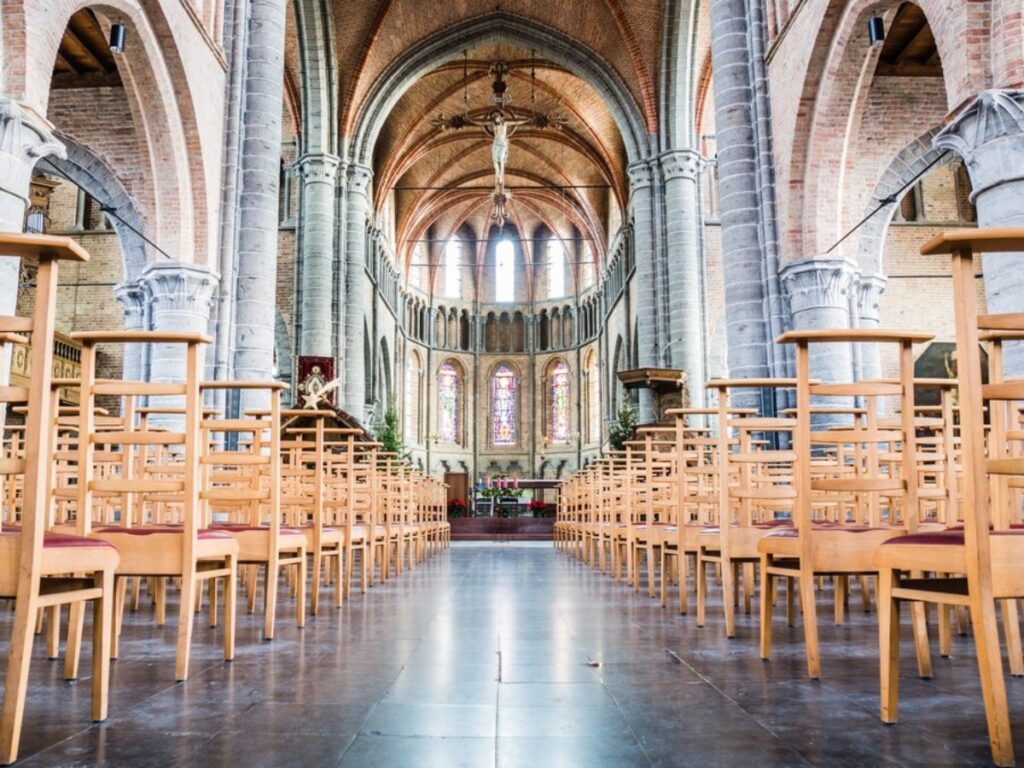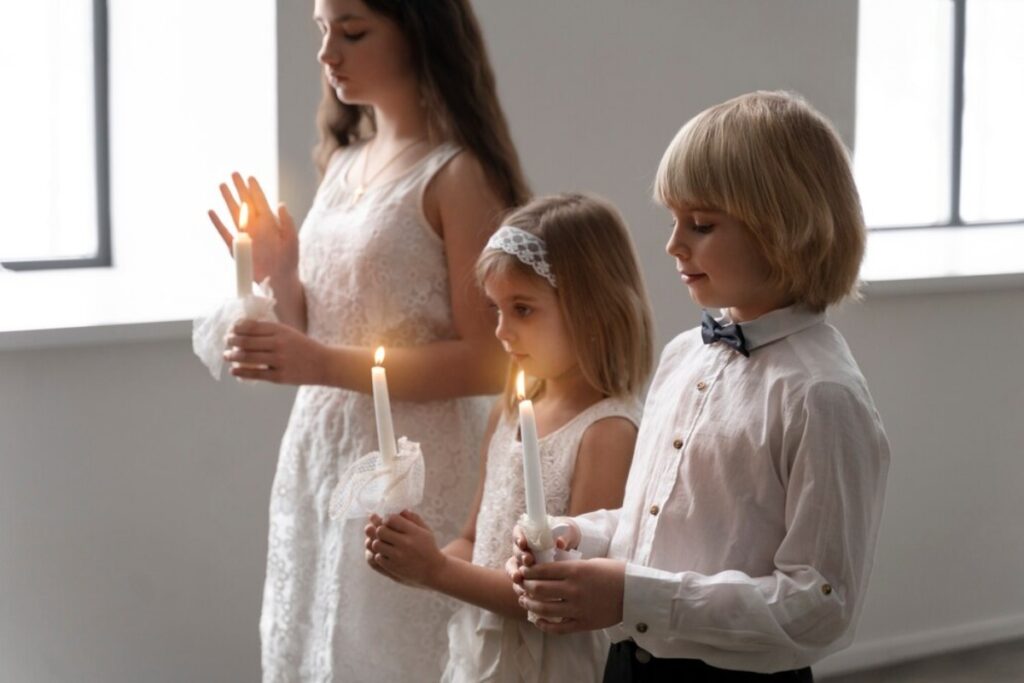Beginning normally receives the baptizee and their family at the church entrance, symbolizing the inclusion into the community.

During the ceremony, prayers are offered and Biblical texts relating to the meaning and promises of baptism are read.

A key part of the baptismal ritual is blessing the baptismal water, usually held in a font.

This water, used by the priest or deacon to pour over or immerse the baptizee, symbolizes the cleansing of the soul and washing away of sin.

For infants, clergy gently pour water over the child’s head, while adults are sometimes fully immersed.

After the water baptism, the baptizee is anointed with chrism, a sacred oil symbolizing the gift of the Holy Spirit. This anointing confirms the special selection and dedication of the individual to God.

The baptizee also receives a baptismal candle, lit from the Paschal candle, symbolizing the light of Christ now living within them. This light represents hope and the Christian’s calling to be a light in the world.

Clothing also plays a significant role; traditionally, baptizees are dressed in a white garment symbolizing purity and new beginnings.

Parents often choose to have their baby baptized to involve them in their religious community from a young age and provide the blessings and protection of faith.

Adults converting to the Catholic faith undergo baptism to formally profess their faith and fully integrate into their new spiritual community.

Baptism goes beyond tradition; it is a fundamental sacrament touching the essence of Christian life and community.

It serves as a spiritual birth and a joyous confirmation of faith and dedication to Christ’s teachings.

